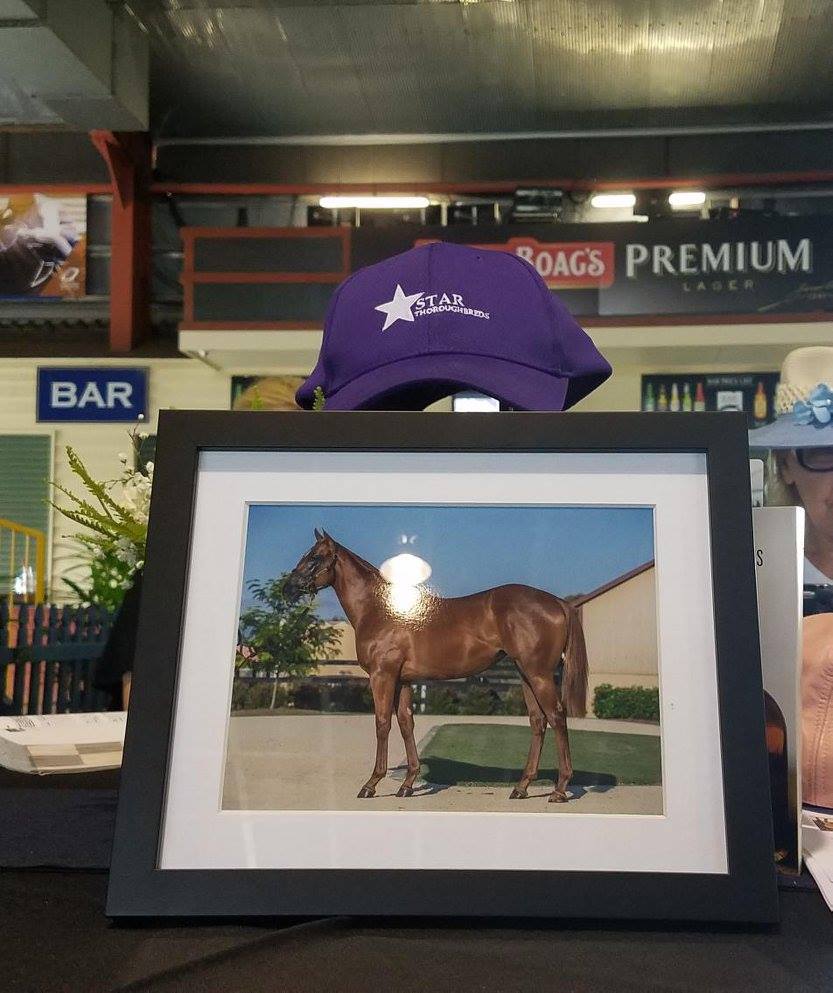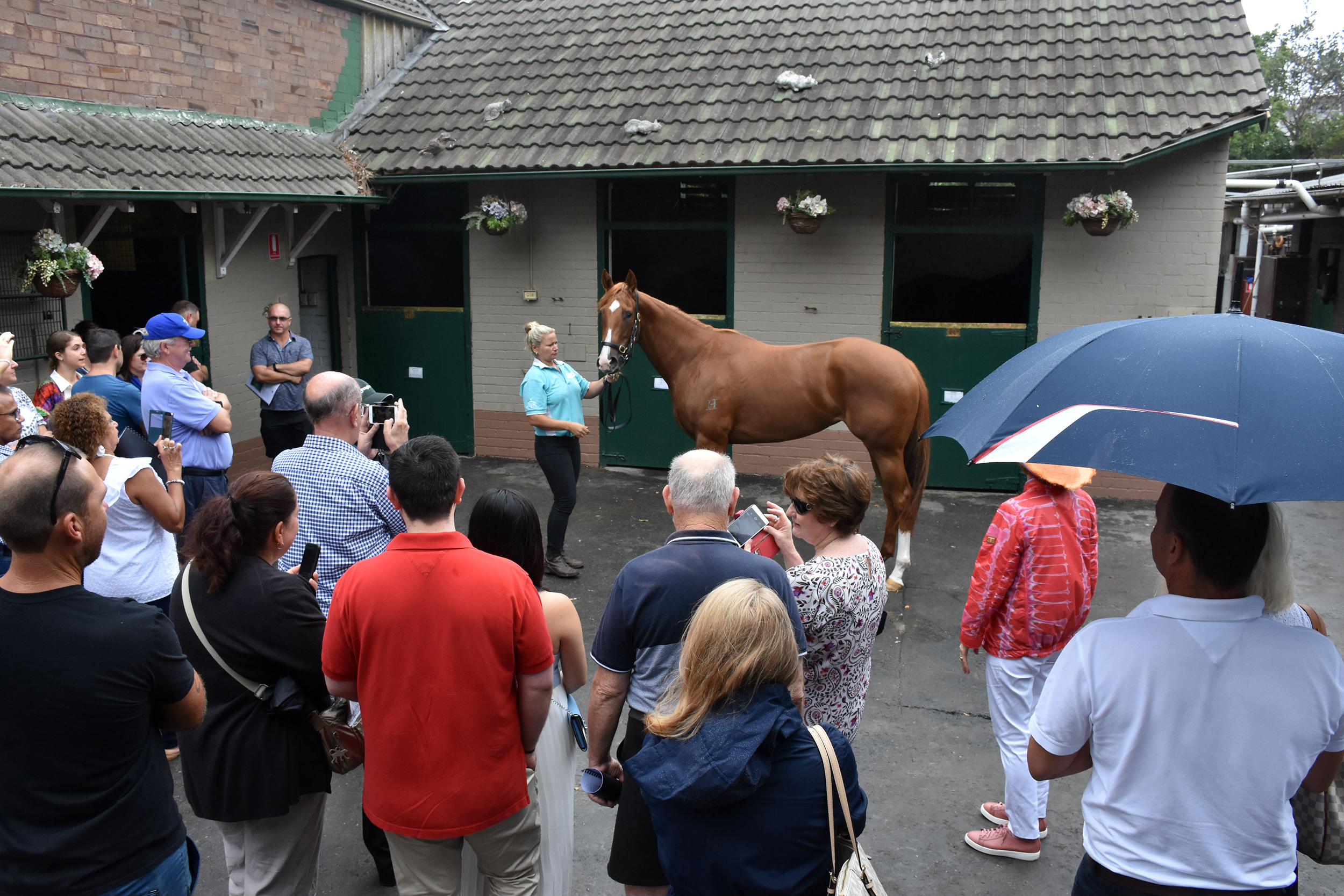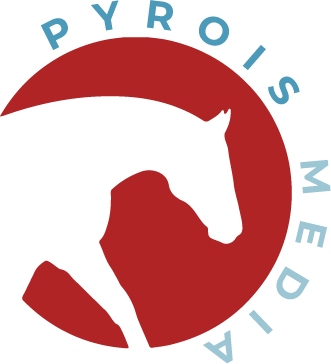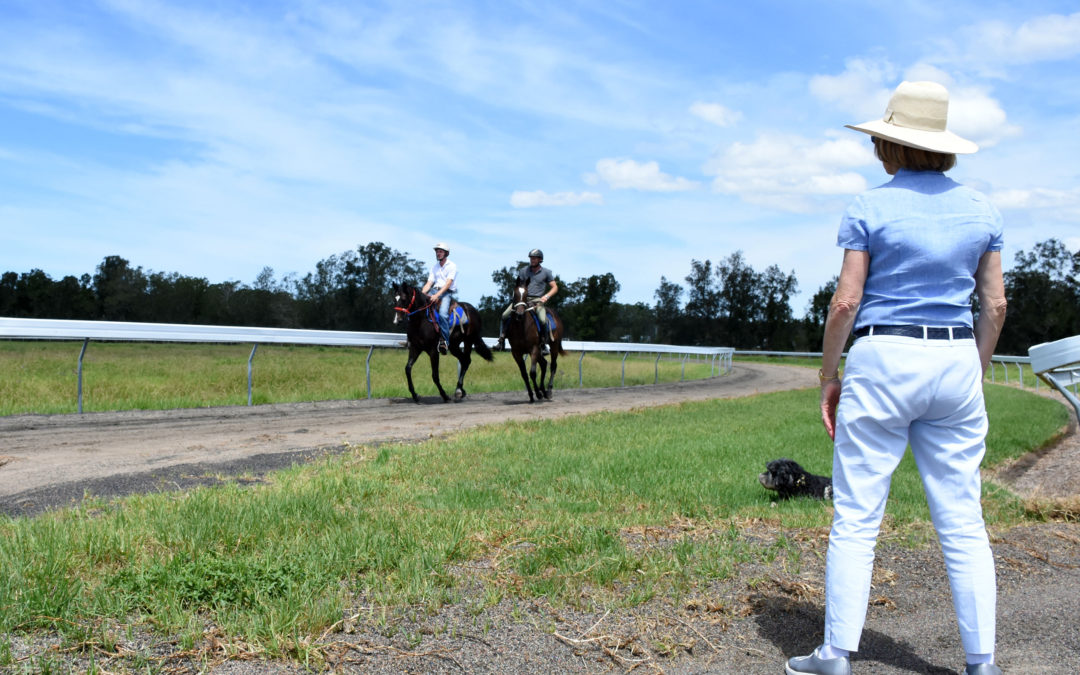One of the first questions I get asked when someone learns that I spent nine months in Australia is “what did you learn/experience?” There definitely isn’t a one straightforward answer but one that has many components.
The main one was just seeing how racing and breeding worked in another country and thinking how it could be useful outside of Australia.
A country where racing is extremely popular (truly, I once spent a 30 minute cab ride talking to the about Winx and that wasn’t the only time I talked about racing away from the barn), the customer service by farms and trainers is exceptional. I spent many days of my six months at Newgate Farm photographing and videoing horses for clients and saw firsthand how they enjoyed getting those updates. I also helped run Newgate’s social media and did research projects for the team as well.
Overall, the many different tasks I did at Newgate opened my eyes up to services I didn’t know were in such high demand before. Those tasks also allowed me to become more familiar with Australia pedigrees and equine management because the Newgate team was more than happy to answer all my questions.
Australian sales and consignments carry that same level of customer service.
I was able to work one sale as part of the Newgate team before my time there was up and it was a much different experience than the U.S. sales. Many consignments have hospitality tents with food and swag throughout the sales grounds and sales days are more like a big party than a horse sale. As to the customer service level, I’m not sure what other farms did, but Newgate also provided buyers with a conformation picture of the yearling they purchased and and multiple other photos of the horse as well. Because syndications is so big in the country, many of the horses bought at the sale will then be offered again (though only parts of them – not the whole horse, usually) through syndicates and trainers.

The photo given to Star Thoroughbreds after they purchased a Newgate yearling at the 2018 Magic Millions sale.
Moving to Gai Waterhouse Racing at the end of my Newgate experience showed me even more that I felt could be useful outside the country.
At Gai’s, not only do owners get weekly email updates on their horses but it isn’t unusual for them to get videos either. There is a videographer on the GWR team and Australian racing and training gives them plenty of opportunity to video the horses. Not only are horses on the track for much longer than U.S.-trained horses every day (and usually also go out in the afternoons) but they also spend time participating in “jump outs” (basically gate schooling and breezing with others) and in New South Wales they run in barrier trials (practice races that help them build fitness, get experience, ect)
if they participate in a jumpout or trial, that’s recorded and sent with an update for their owners – as are pre-race video updates of the horses in the days before a race. Another popular part of their client relations are weekly stable visits, every Sunday for a few hours owners can stop by unscheduled and visit their horses. This also worked well to show off the young stock that still had shares available for purchase.
GWR also has a strong social media presence for owners and fans alike and because Australia is such a big gambling country a tip sheet is posted daily on the website. Other blogs and access to stable news is also a mainstay on trainers and farms’ websites around Australia. One of my tasks at GWR was to write some of the blogs for the site – something that served me well once I offered content creation and website management services through Pyrois Media.

Owners at Tulloch Lodge on a Sunday morning.
This level of communication isn’t unique just to one barn. Australian horsemen have embraced social media with jockeys, trainers, and farms alike on the platforms.
Those social media posts are much more than just tweeting out results as well. It isn’t unusual to see trainers releasing behind-the-scenes videos of stable life or other interesting tidbits related to their trainees (a few examples of active social media accounts are Ciaron Maher Racing and Chris Waller Racing). In all, it is easy for people to have favorite trainers in Australia because they feel more connected to them through all the information released. Going back to that first comment about the cab ride – people outside the industry also weren’t shy about telling me their favorite (or least favorite) trainers and they didn’t just name some of the bigger barns.
Those examples and more opened my eyes even more to the possibilities to promote all sports outside of Australia. Don’t get me wrong, it wasn’t all rainbows and butterflies during my time in Australia. But learning both the positives and the negatives allowed me to carry over those lessons both as a horsewoman and when starting Pyrois Media.
Some of Pyrois Media’s first (and current) clients were ones I made connections with while in Australia. It’s safe to say my nine months in the country played a leading role in the history of Pyrois Media with the company’s name even decided in the shadow of the Sydney Opera House.

